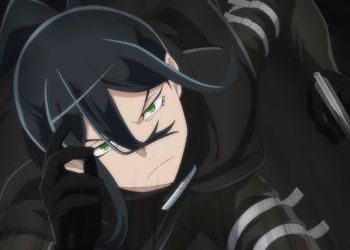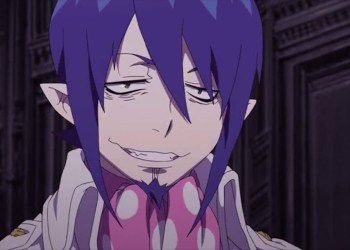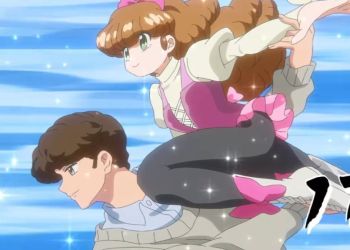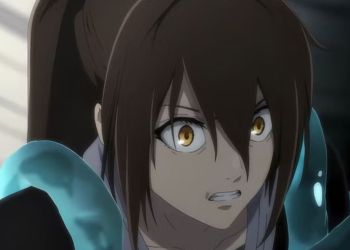Sexual Violence Warning in WSJ Demanded by Online Petition
Sexual violence is sometimes deep-rooted in the misplaced beliefs of humans. Sexual content leaves the deepest effects on underaged children.
Since children have impressionable minds, it is very easy for them to get used to wrong ideas.
Manga and anime are independent forms of literature, and they also contain sexual suggestions.
Sometimes, individuals are treated with inappropriate behavior, but who is to differentiate this from normal behavior to children.
The petition was started by Manabu Sekiguchi and sought to differentiate “Erotic” content from “Sexually Violent” content in Weekly Shonen Jump. The campaign currently has 4187 supporters.
The supporters of the campaign want a warning about the explicit content that will be featured on Weekly Shonen Jump. These warnings should be issued in the panels that contain sexual violence or the likes of it.
Sekiguchi demands Jump to survey the level of understanding of readers on sexual matters.
This should be done so that content based on the reader’s level of understanding can be published.
The pioneer of the campaign also recalls an event from his elementary school days when he used to read mangas like To Love-Ru, which features some sexual content.
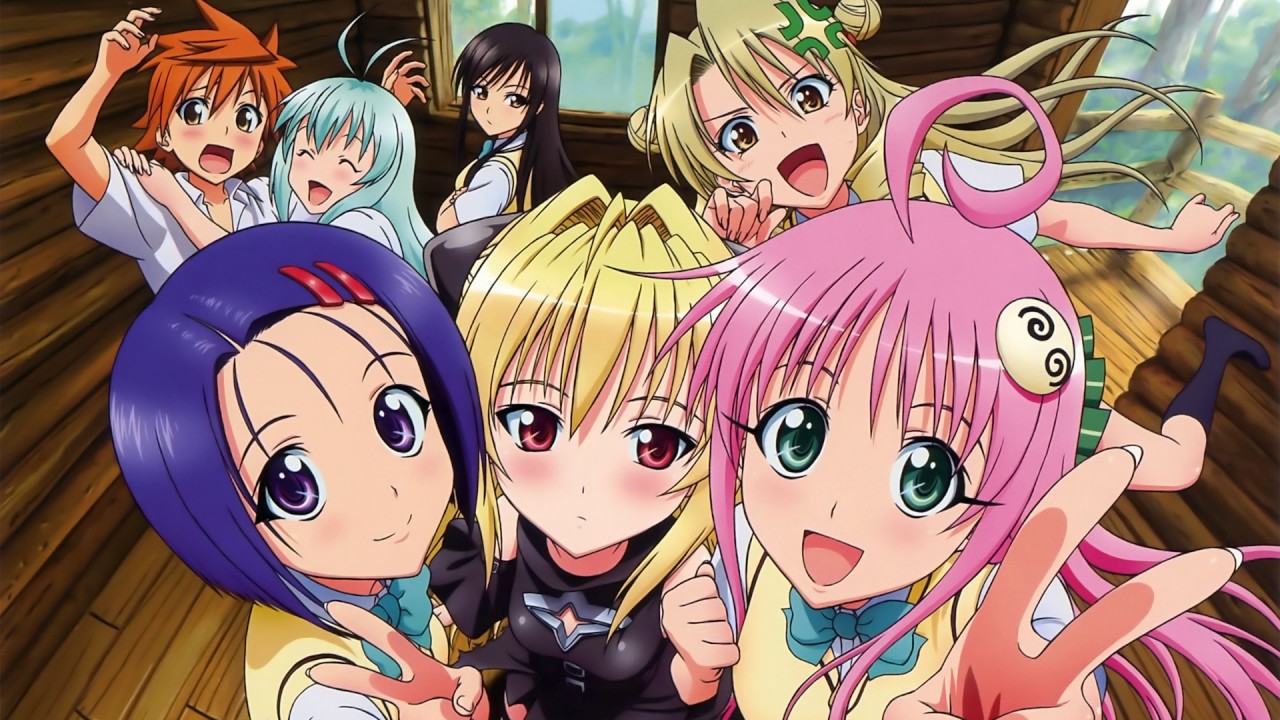
During those days, his views were shaped by what he read, and thus he could not realize when a woman should be respected and given space.
Sekiguchi also recounts about Tokyo’s “Nonexistent Youth” bill, which sought to restrict the sexualization of underaged characters.
This bill was ultimately rejected in 2010. However, opposition to censorship can always be heard from other readers.
Some readers claim that everyone has the sense to distinguish between what is being portrayed and what is reality.
However, Sekiguchi again recounts that it is not so. He remembers a group of boys harassing some girls, but he just dismissed the whole thing by thinking, “boys will be boys.”
Later on, the same boys had to be expelled from school on the grounds of peeking inside girls’ washroom.
Jump contains a lot of non-consensual sexual elements, and such things blur the difference between reality and fantasy.
According to Sekiguchi, Jump has a lot of series which perversely portray women’s bodies. He also states that no matter who is harassing, sexual violence is still a crime.
Many female characters in Jump are in high school or are perhaps younger, yet these girls are portrayed in an erotic light, and men are portrayed as “wolves” who are attracted to females.
Of course, a lot of objections have also risen against the petition.
Chief amongst them states that, if sexual violence needs a panel wise warning, then so should any form of abuse or mistreatment. However, that would break the form of the manga.
After the term of the petition ended, Sekiguchi has announced that he will be sending the petition to Shueisha. The Act-Age scandal might also be the reason behind this demand for change.
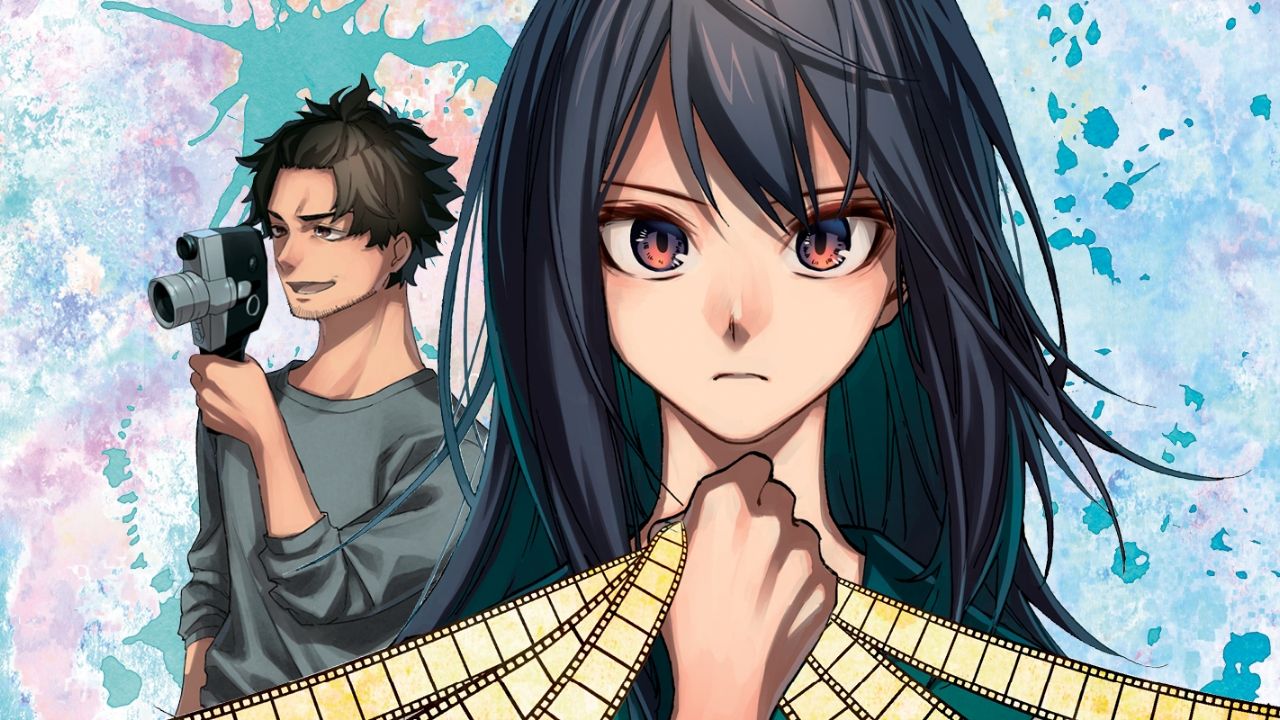
Weekly Shonen Jump has been devoid of any female editor in the last 50 years or so, and thus, such senses about sexual content and violence are visibly lacking.
Weekly Shōnen Jumpis a weekly shōnen manga anthology published in Japan by Shueisha under the Jump line of magazines.
It is the best-selling manga magazine, as well as one of the longest-running; the first issue was released with a cover date of August 1, 1968.
The manga series within the magazine target young male readers. They tend to consist of many action scenes and a fair amount of comedy.
The chapters of series that run in Weekly Shōnen Jump are collected and published in tankōbon volumes under the “Jump Comics” imprint every two to three months.
Source: Change.org
Sometimes we include links to online retail stores and/or online campaigns. If you click on one and make a purchase we may receive a small commission. For more information, go here.
